- Hydropower, etc., as the main force of renewable energy, is of great significance to China's realization of carbon neutrality
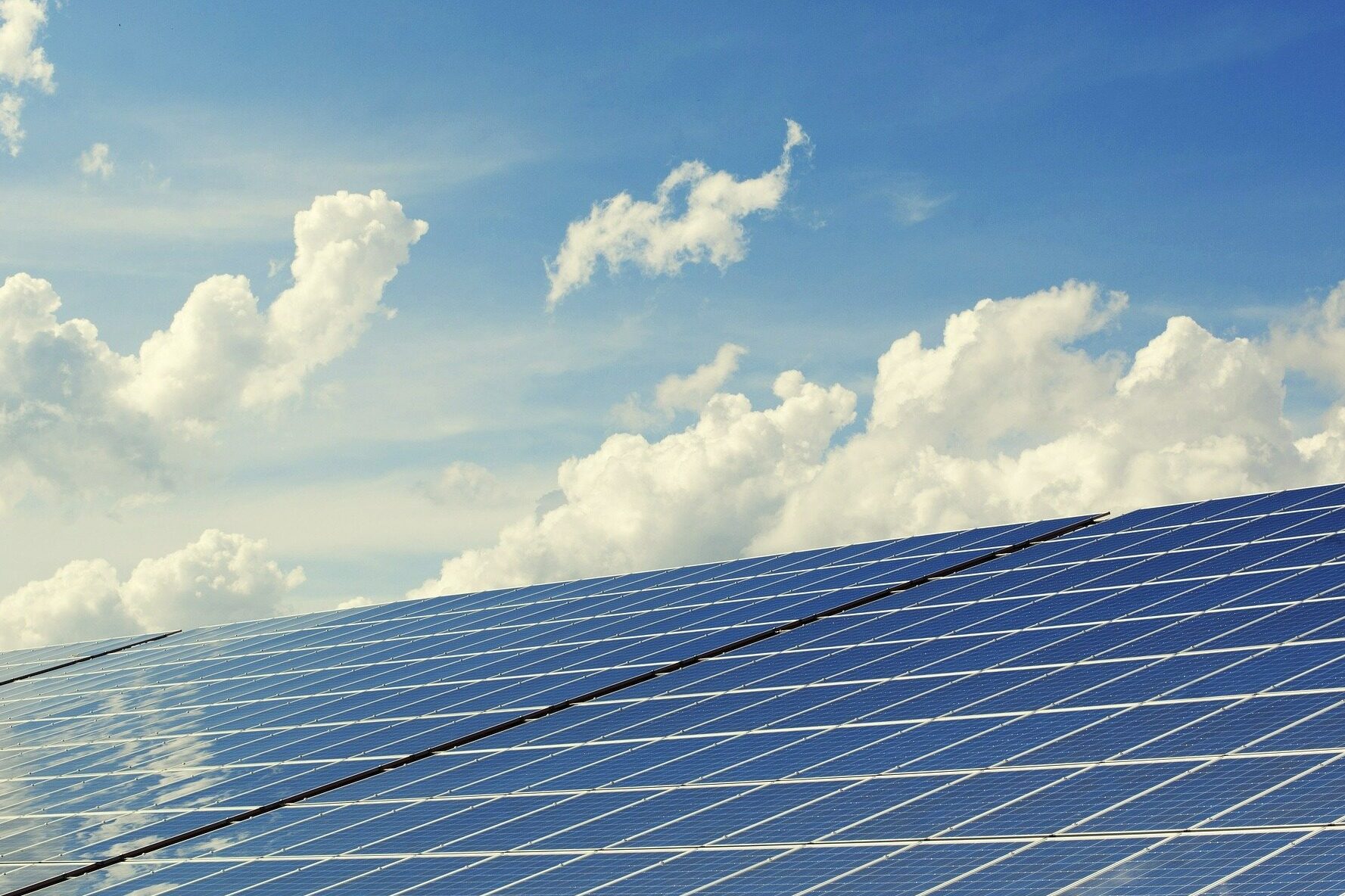
"Under the background of carbon peaking and carbon neutrality, hydropower, as an important part of renewable energy, should be actively developed." "Scientific planning and development of China's hydropower resources are beneficial to carbon peaking." "Utilizing conventional hydropower resource advantages , Is the need to build a new type of power system"...Jiandao reporters have frequently heard the above viewpoints in recent interviews.
Experts in the industry generally believe that hydropower is the most effective power source with "wind and wind" and other renewable energies. Accelerating the bundling of clean energy such as "water and wind" is an indispensable way to achieve the "dual carbon" goal and to tackle new power systems. , The bundled development of "water scenery" in each river basin is ushering in development opportunities, and the river basin should be taken as an overall plan.
Huge potential
Although China's hydropower investment has plummeted in recent years, only about half of the start-up projects in the "Twelfth Five-Year" plan have been completed, and the "Thirteenth Five-Year" plan for commissioning has not been completed as scheduled. However, given that the amount of hydropower resources that can be developed in China is less than half of the total, hydropower construction in the "14th Five-Year Plan" is worth looking forward to.
Zheng Shengan, deputy secretary of the Party Committee of the General Institute of Water Resources and Hydropower Planning and Design, believes that according to forecasts, by 2060, renewable energy will account for 70% of China's primary energy consumption, and renewable energy power generation will account for more than 80% of the full-caliber power generation. "As an important part of renewable energy, hydropower should adhere to the idea of active development and continue to develop the remaining resources." Ma Hongqi, an academician of the Chinese Academy of Engineering, said at the "3060" Hydropower Science Forum recently that the core path to achieve carbon peaks and carbon neutrality It is "two increases and one decrease", that is, to continuously increase the supply of green energy and enhance the capacity of ecological carbon sinks, continuously reduce the consumption of fossil energy, and further optimize the energy consumption structure. "As a green and clean energy, hydropower plays a unique role in achieving the dual-carbon goal."
Data show that China's hydropower technology has a developable capacity of 687 million kilowatts, and an annual power generation capacity of about 3 trillion kilowatt-hours. In 2020, the installed hydropower capacity will be 370 million kilowatts, and the power generation will be 1.36 trillion kilowatt hours, which is equivalent to replacing 410 million tons of standard coal and reducing 1.05 billion tons of carbon dioxide. The effect is very significant. At present, China's hydropower development rate is 49.3%, and the remaining hydropower development potential is still huge. Only the lower reaches of the Yarlung Zangbo River has an installed capacity of about 60 million kilowatts and an annual power generation of 300 billion kilowatt-hours.
Industry insiders believe that the most effective way to build a new power system with new energy as the mainstay and to solve the problem of a high proportion of renewable energy grid connection is the development of hydropower. It is understood that the Yarlung Zangbo River’s hydropower reserves are about 110 million kilowatts, and the total developed installed capacity of the main stream exceeds 80 million kilowatts, mainly concentrated in the downstream. The midstream plan is developed in accordance with the "one database and nineteen levels", with a planned installed capacity of 5.25 million kilowatts and an annual power generation capacity of 258. 100 million kilowatt-hours; the downstream river section is planned for "two reservoirs and twelve levels", with a planned total installed capacity of 81.04 million kilowatts and an annual power generation of 405.2 billion kilowatt-hours. "It is estimated that the Yarlung Zangbo River can support the safe integration of 240 million kilowatts-250 million kilowatts of'wind and scenery' new energy into the grid." said Chen Zuyu, an academician of the Chinese Academy of Sciences. "For example, the Nu River has a hydropower reserve of about 46 million kilowatts. Level 15', with a total installed capacity of 36.33 million kilowatts, and an annual power generation of 180.6 billion kilowatt hours, it is estimated that it can support 90 million kilowatts to 100 million kilowatts of wind and new energy to be safely incorporated into the grid."
"In addition to actively developing hydropower, it is particularly important to revitalize the advantages of conventional hydropower stock resources." Zheng Shengan believes that the need to build a new power system with "wind and wind" as the main body can be combined to optimize the positioning of other power sources in the power system, for example, for better regulation Capacity of hydropower stations should be adjusted to shift from power-based support to capacity-based support. "There are many reservoirs and power stations with good regulation capacity in major river basins in China. It is necessary to carry out investigations on the potential of hydropower integration and transformation in accordance with the new requirements of power development, and promote the construction of demonstration projects."
In addition, industry insiders also called for the "14th Five-Year Plan" and "15th Five-Year Plan" period, should be based on the general tone of rapid progress, insist on opening up as much as possible, and speed up the construction of a group of eco-friendly, mature conditions, and indicators. The superior pumped storage power station provides a guarantee for the construction of a new power system and the high-quality development of energy.
In view of the randomness and intermittent nature of "wind and wind", large-scale launching of the project poses great challenges to the security and stability of the power grid and power quality. The construction of a "water and wind" integrated power base is an effective way to deal with a large proportion of new energy access.
"Hydropower regulation performance is good. In a grid dominated by new energy, its operation mode is changed from electricity as the mainstay, regulation as the auxiliary, and gradually shifts to vector regulation and equal emphasis or adjustment of the main and auxiliary." "Wind and wind", to realize the integrated development of source, grid, load and storage, can avoid the systemic risks caused by the sudden advance of new energy. In this sense, hydropower development plays a more important role in carbon emission reduction than its own electricity."
Ma Hongqi also pointed out that in the future, China's hydropower development will gradually shift to the cold and high-altitude areas of the southwest, with greater technical difficulty, worse economic indicators, longer power transmission distances, more fragile ecological environment, and higher requirements for immigration resettlement and poverty alleviation. "It is necessary to coordinate the construction of large-scale green energy bases based on hydropower, including large-scale green energy bases in the Yarlung Zangbo River, Lancang River, Jinsha River, Nujiang River, Upper Yellow River, and Yalong River. Through the development of bases and bundles, we must build a leader with strong regulation capabilities. Reservoirs will improve the power quality and overall economy of large-scale clean energy bases."Editor/XuNing
Comment
 Praise
Praise
 Collect
Collect
 Comment
Comment
 Search
Search



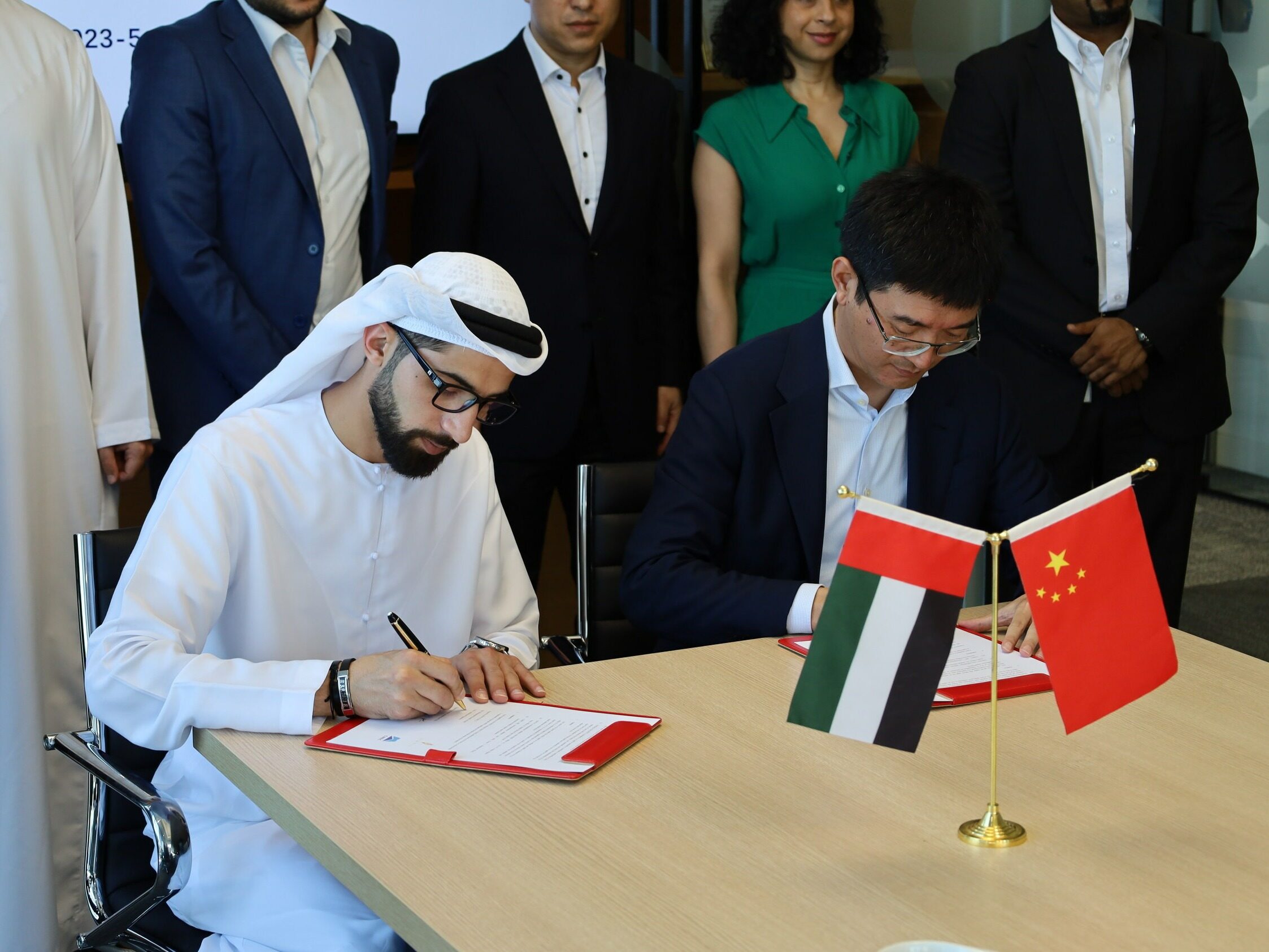
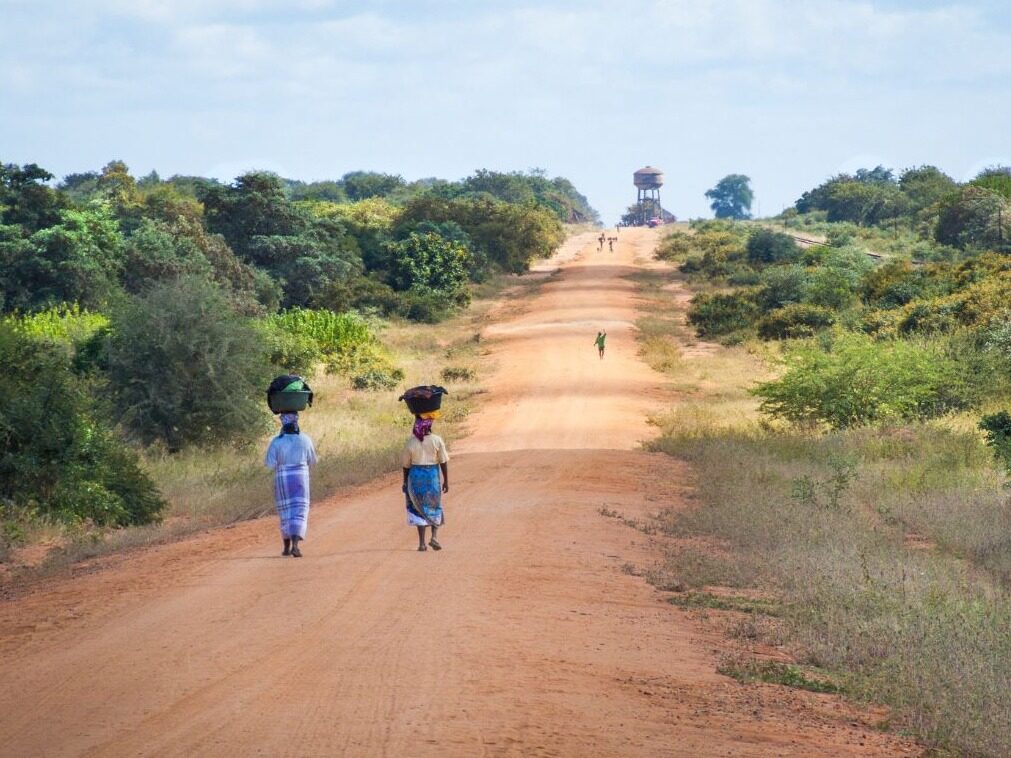
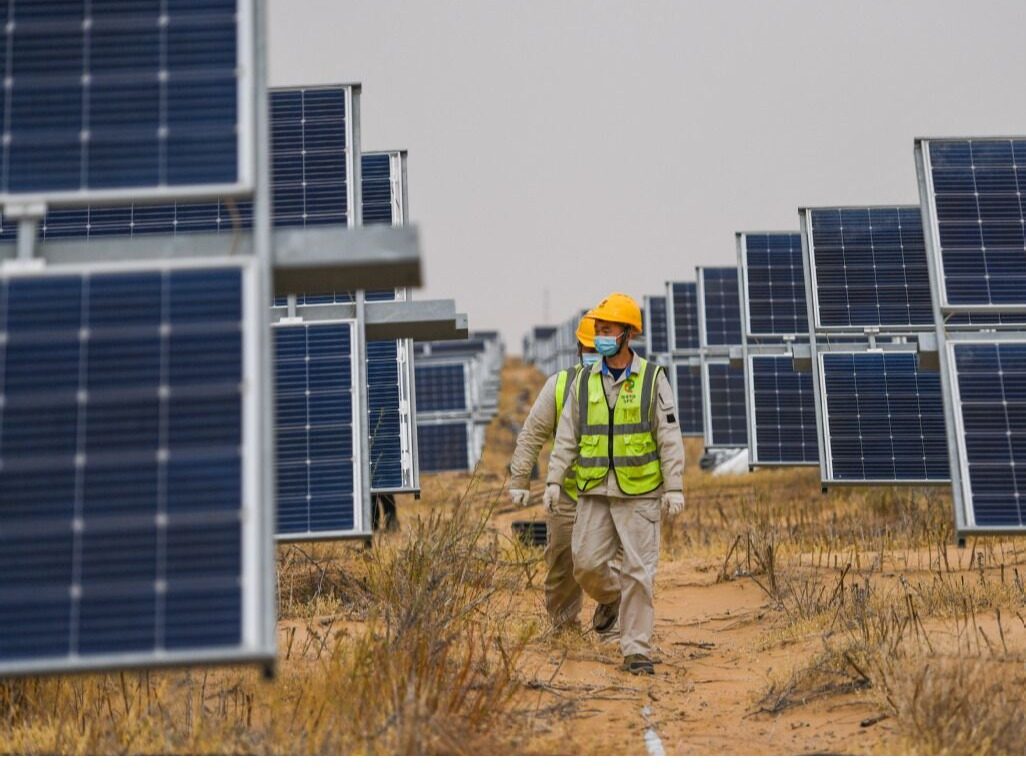
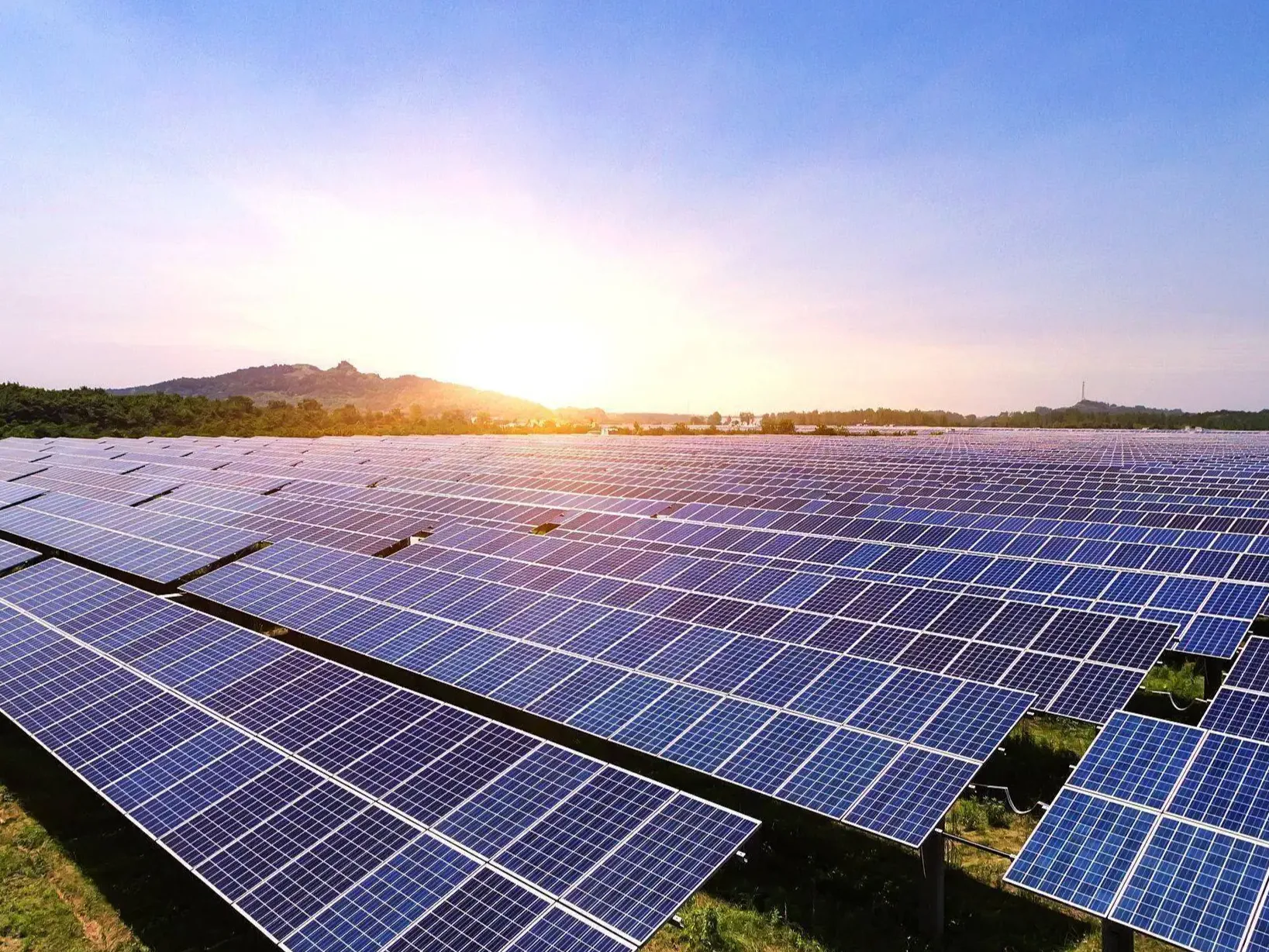
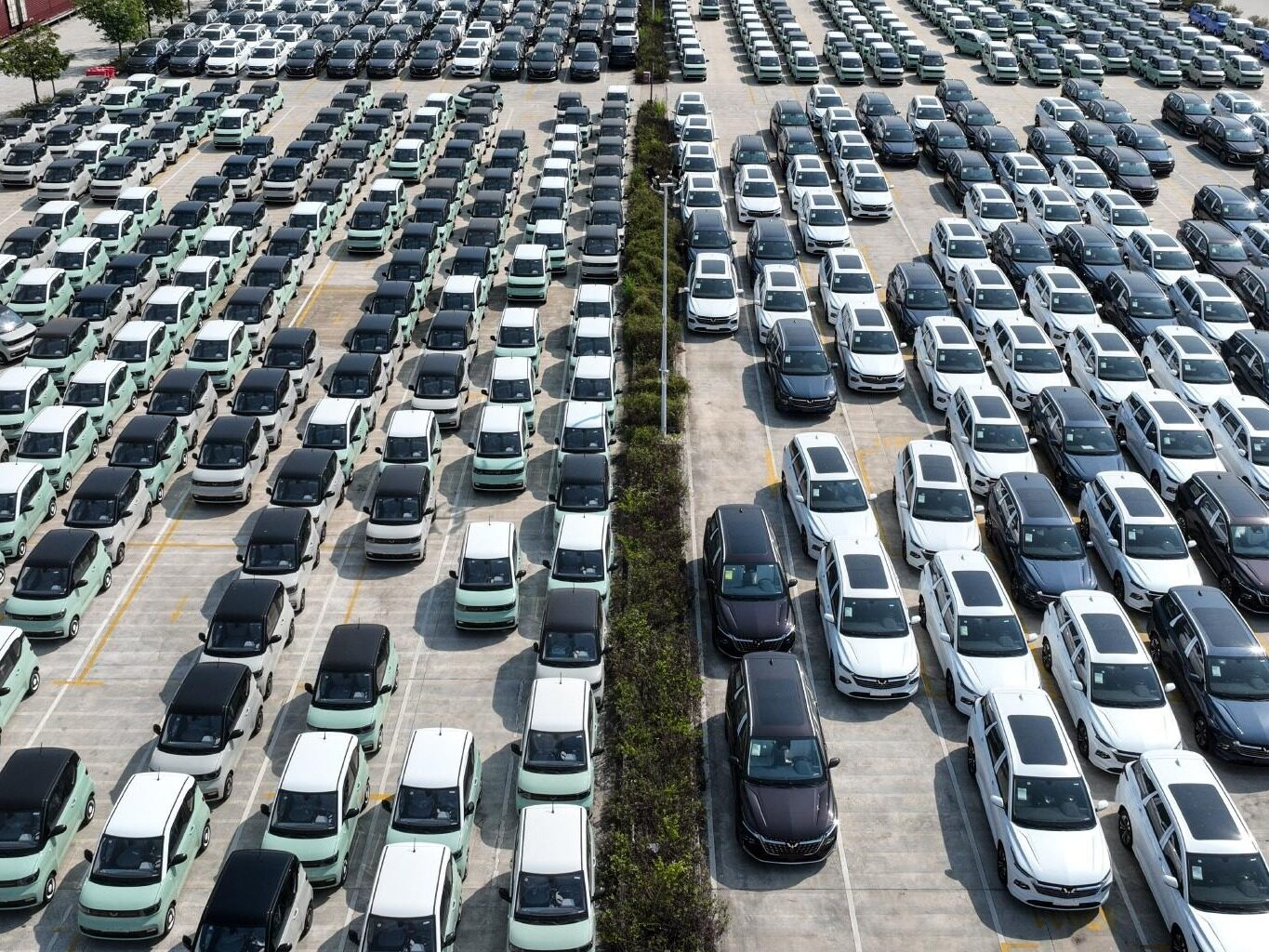






Write something~